Analyzing the Role of Pharma in Cancer Survivorship
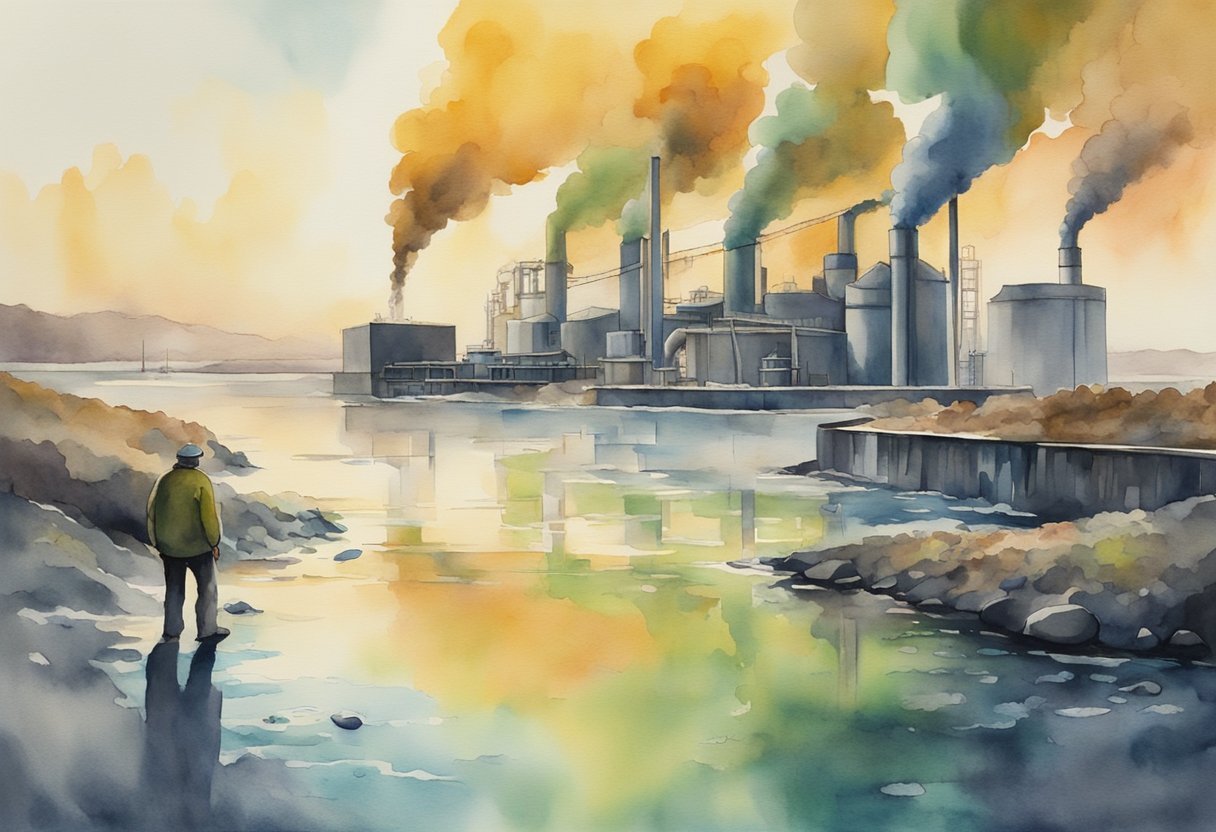
The intersection of drug manufacturing and environmental care has never been more critical, especially when considering the production of cancer drugs. As survivors navigate their journey to becoming cancer thrivers, the environmental tailoring of their treatments becomes an equally significant concern.
Indeed, the manufacturing of drugs, including those used in chemotherapy, has a complex relationship with the environment—a fact that has not escaped the notice of patients, healthcare professionals, and policymakers.
Manufacturing processes for pharmaceuticals, particularly chemotherapeutic agents, result in various ecological footprints that merit thoughtful consideration. Efforts to balance effective treatment with ecological responsibility often challenge drug manufacturers.
Recognizing the potential effects of these processes on both human health and the environment has led to the development of green pharmacy initiatives, which aim to mitigate the negative impacts. Such measures underscore a growing awareness that one’s health does not exist in isolation from the planet’s health.
Key Takeaways
- Cancer drug manufacturing has a significant environmental impact.
- Green pharmacy initiatives reflect a commitment to minimizing ecological damage.
- The health of cancer survivors is intricately linked with environmental well-being.
The Environmental Impacts of Drug Manufacturing
Creating pharmaceuticals essential for treating diseases like cancer introduces various environmental challenges, particularly emissions and waste that affect water systems and the broader ecosystem.
Emissions and Waste Disposal
Drug manufacturing contributes to the cumulative greenhouse gas emissions directly linked to climate change. A study from the BMJ suggests that the healthcare industry, specifically pharmaceuticals, results in significant carbon dioxide production, with an estimated 479 million tonnes (8% of the country’s total annual carbon emissions) annually in the US alone.
The need for sustainability in healthcare is acute, considering the toxicity of waste from production and the disposal of unused or expired medications.
This waste can include chemical compounds with a high potential to harm the environment if not managed with strict and effective protocols. A shift towards practices that balance efficacy and environmental safety is essential, as is a comprehensive approach to managing and neutralizing pharmaceutical waste before it can damage ecosystems.
Water Pollution and Aquatic Environments
Chemotherapy drugs, which play a vital role for cancer thriver like those battling lymphoma, can enter the aquatic environment through human excretion and insufficient wastewater treatment. As detailed by ScienceDaily, the presence of antineoplastic agents in water systems poses a risk to the delicate balance of aquatic ecosystems. Contamination of rivers and other bodies of water with pharmaceutical residues can disrupt marine life, bringing into question the sustainability of current drug disposal methods.
The ongoing challenge is to develop environmentally sustainable practices that prevent water pollution without compromising the life-saving qualities of these medications. As an article from ACS Publications underscored, Innovations in green pharmaceuticals highlight the need for a cleaner approach to pharmaceutical development and disposal to minimize the negative impacts on water resources and promote a healthier planet.
Regulatory Frameworks and Green Pharmacy Initiatives
Drug manufacturing processes, particularly those involving potent treatments like chemotherapy, face increasing scrutiny for their environmental footprint. Modern regulatory frameworks and green pharmacy initiatives are fundamental in steering the pharmaceutical industry toward a more ecologically mindful future.
Compliance with Environmental Regulations
The pharmaceutical industry must navigate a complex network of environmental regulations to mitigate the impact on nature. Regulations often require a thorough environmental risk assessment to understand and manage the substances’ ecological consequences. In the United States, the Environmental Protection Agency (EPA) enforces stringent guidelines that govern the discharge of waste and ensure the safe manufacturing of pharmaceuticals.
- Criteria: Pharmaceutical companies must adhere to specific discharge limits.
- Environmental Concern: There is rising awareness about the long-term persistence of drugs in the environment.
Advancements Toward Sustainable Practices
Green pharmacy underpins the industry’s transformative shift to sustainable practices. It symbolizes a commitment to reducing environmental persistence and embracing responsibility for future generations. Initiatives focus on:
- Design: Sustainable drug design that reduces ecological hazards.
- Technology: Implementing green chemistry and technology helps to curtail waste and energy use.
For those who have faced the cancer storm, strategies that support a cleaner, healthier earth resonate deeply. They align with the values of resilience and vigilance—hallmarks of the cancer thriver’s journey.
Impact of Cancer Drugs on Human and Ecological Health
Cancer treatments have evolved significantly, offering new hope to patients. However, these advances come at an environmental cost, particularly from the disposal and effects of anti-cancer drugs.
Toxicological Effects on Humans
Cancer therapies often involve potent cytotoxic agents designed to target rapidly dividing cells. While these agents can be highly effective in treating cancer, their specificity is not absolute, leading to damage in healthy human cells. This can result in adverse effects on human health, with safety being a paramount concern for patients and medical personnel handling these substances.
Moreover, some components of these drugs may not be fully metabolized by the body and consequently enter the drinking water system, potentially affecting the health of a broader population.
Effects on Aquatic Organisms and Ecosystems
When it comes to ecosystems, particularly aquatic ones, the excretion and disposal of anti-cancer drugs create a profound impact. These substances can introduce toxicants into water bodies, affecting marine organisms and the bacteria crucial for maintaining ecological balance. The presence of these drugs in water systems leads to concerns over the cytotoxicity involving critical species, which can ripple through the food chain and disrupt the health and stability of the ecosystem.
- Anti-cancer drugs in water: Potential alteration of aquatic organism’s DNA leading to mutations.
- Cytotoxicity: Affects the reproduction and survival rates of fish and other marine life.
- Bacteria: Vital for nutrient cycling, can be inhibited, leading to ecosystem dysfunction.
Oncological Insights and the Role of Cancer Thrivers
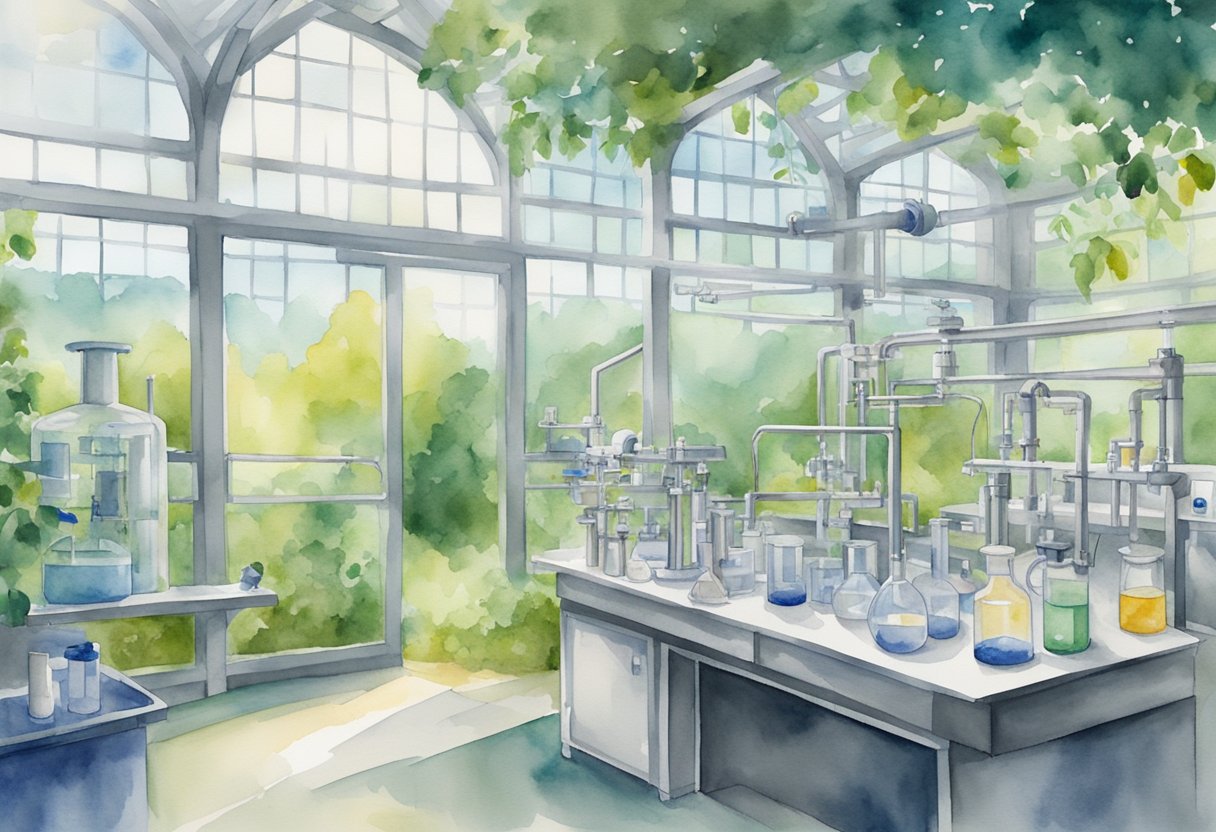
With a meticulous approach to understanding cancer, oncological insights are paramount for those diagnosed. These insights, combined with the experiences of cancer thrivers, shed light on the disease’s intricacies and the possibilities post-diagnosis.
Types and Treatments of Cancer
Cancer manifests in various forms, each with unique traits and treatment protocols. Prostate cancer, the most common among men, poses critical questions on patient health and prognosis. Treatment typically involves surgery, radiation, and medication, including chemotherapy, tailored to target tumor cells and minimize metastatic potential. Prostate cancer therapies improve when cancer stem cells, and relevant pathways are investigated, leading to innovations in cancer therapeutics.
Chemotherapy, a cornerstone in cancer treatment, harnesses potent drugs to eradicate rapidly dividing cancer cells. While effective, this approach does not discriminate between malignant and healthy cells, resulting in taxing side effects. With the emergence of precision medicine, therapy has progressed to target the molecular mechanics of cancer initiation and curb its progress.
The Cancer Thriver’s Journey
Cancer thrivers navigate a complex journey punctuated by physical and psychological challenges. After facing lymphoma twice, a cancer thriver becomes a beacon of hope as he shares his triumph against staggering odds. His experience underlines the resilience needed during treatment and the significance of support for optimal recovery.
The role of these individuals extends beyond their health; they actively partake in environmental awareness, balancing the efficacy of life-saving drugs with ecological impact. Cancer thrivers exemplify adaptability as they transition from patient to advocate, often urging the medical community to seek treatments that harmonize efficacy with patient and environmental well-being.
Exploring Chemotherapeutic Impact Beyond Treatment
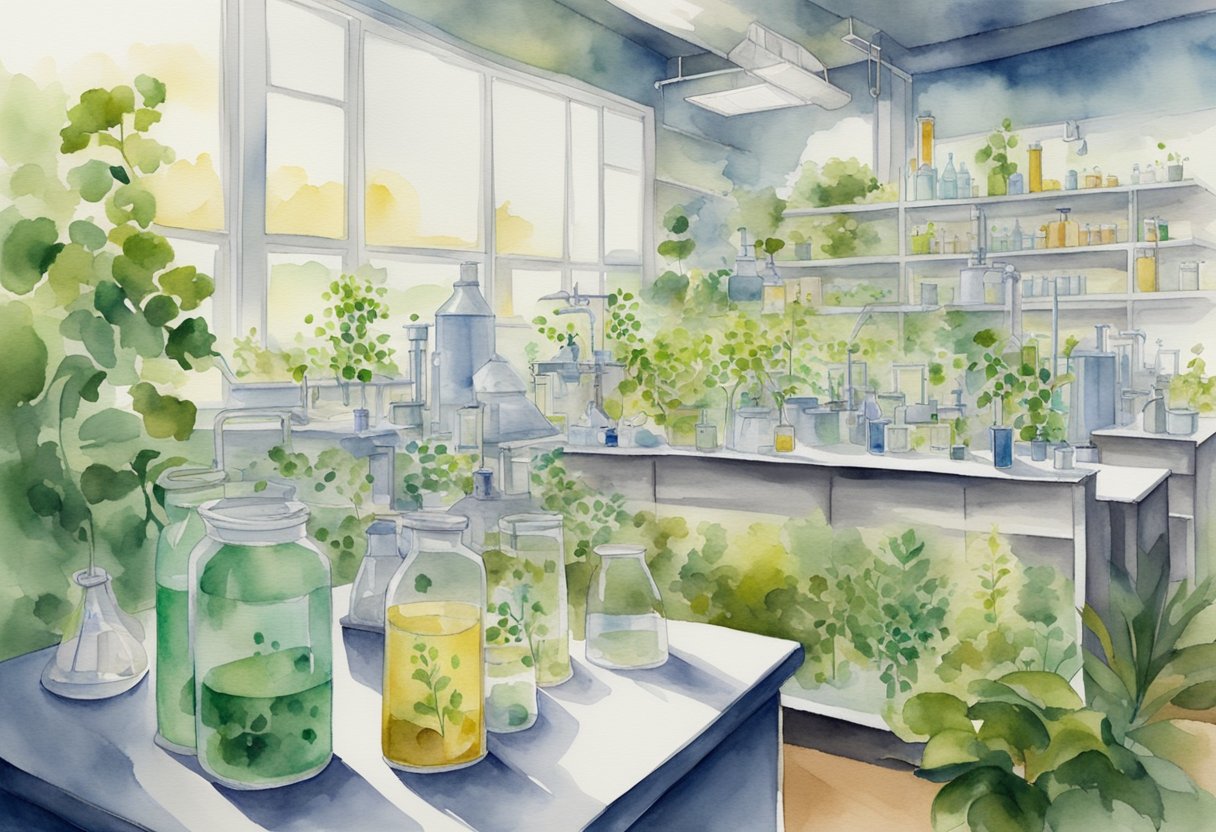
In evaluating the broader repercussions of chemotherapy, we must consider environmental ramifications and emerging pharmacological innovations. This consideration sheds light on sustainable drug production and the quest for more efficacious treatments that pose fewer risks to patients and the planet.
Chemoresistance and Alternatives
Chemotherapy remains a pillar in cancer treatment, but its effectiveness can wane due to chemoresistance, where cancer cells adapt and become less responsive to these drugs. The journey to overcome this challenge involves ongoing research and developing alternative antineoplastic drugs to surmount resistance and offer renewed hope.
- Doxorubicin and paclitaxel are potent chemotherapeutic agents often facing resistance issues.
- For men battling cancer, the quest for new alternatives becomes more pressing, as each person’s battle is unique and demands personalized strategies.
In the face of this adversity, scientific efforts are directed toward understanding the mechanisms that drive chemoresistance to tailor more effective therapeutic options. Novel drug candidates aim to maintain efficiency while minimizing environmental impact.
Natural and Synthetic Drugs in Focus
The interplay between natural compounds and synthetic drugs in cancer therapy points towards a future that blends the best of both worlds. Curcumin and resveratrol are natural substances receiving attention for their potential synergistic effects with standard chemotherapeutics.
- Curcumin exhibits properties that may inhibit cancer cell growth and enhance the efficacy of chemotherapy.
- Resveratrol, found in grapes, shows promise for its anti-cancer capabilities and compatibility with existing chemotherapeutic drugs.
As drug discovery forges ahead, the dual focus on efficacy and environmental sustainability becomes paramount. The synthesis of new drugs strives to leave a lighter ecological footprint while providing therapists with a broader arsenal against cancer. Introducing eco-friendly manufacturing processes and waste reduction measures underscores the industry’s commitment to mitigating its environmental impact.
Environmental and Human Impacts of Lifestyle Factors
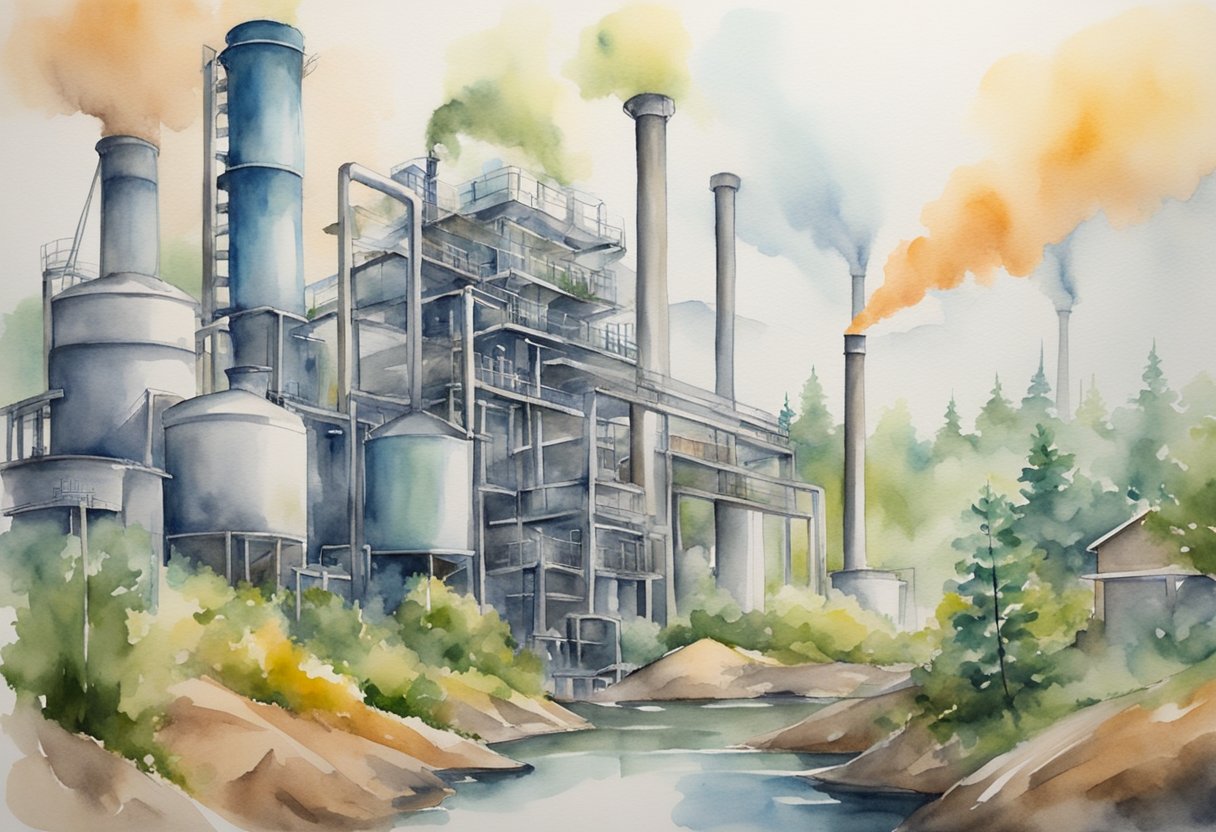
Lifestyle choices greatly influence both human health and the environment. This section examines the intricacies of nutrition and pollution related to these impacts.
Nutrition and Dietary Contributions
Nutrition plays a critical role in health outcomes. Diets high in processed foods and low in nutrients can lead to conditions such as dysplasia, which is an abnormal development of cells that may progress to cancer. Some aspects of food, like epigallocatechin gallate found in green tea or apigenin in celery and parsley, have been shown to possess cancer-thwarting properties. To combat cancer risks, individuals may focus on a diet rich in these phytochemicals while avoiding excessive calories, which have been linked to increased cancer risks.
On the agricultural side, using fungicides and pesticides in crop production contributes to environmental concerns. These chemicals can act as endocrine disruptors, with longstanding effects on wildlife and human hormone systems.
Influence of Pollution and Lifestyle Choices
The relationship between pollution and cancer is complex. Individuals who live in highly polluted areas or work in dirty environments are exposed to carcinogens that may increase cancer risk. For men who have survived cancer, avoiding such toxic exposures is essential for sustaining remission.
Lifestyle choices such as alcohol and tobacco use substantially affect health. Alcohol, while socially accepted, carries a risk for various cancers, especially with heavy consumption. On the other hand, tobacco has a well-established link to lung and other cancers. It’s paramount for survivors to abstain from smoking to mitigate recurrence.
Furthermore, pollution affects the natural environment, disrupting ecosystems and contributing to a cycle of harm that impacts human health, including increased stress levels, which in turn affects cancer prognosis and survival rates. Navigating life after cancer involves creating a clean personal environment, both physically and mentally, to foster healing and well-being.
Innovations in Cancer Treatment and Environmental Care
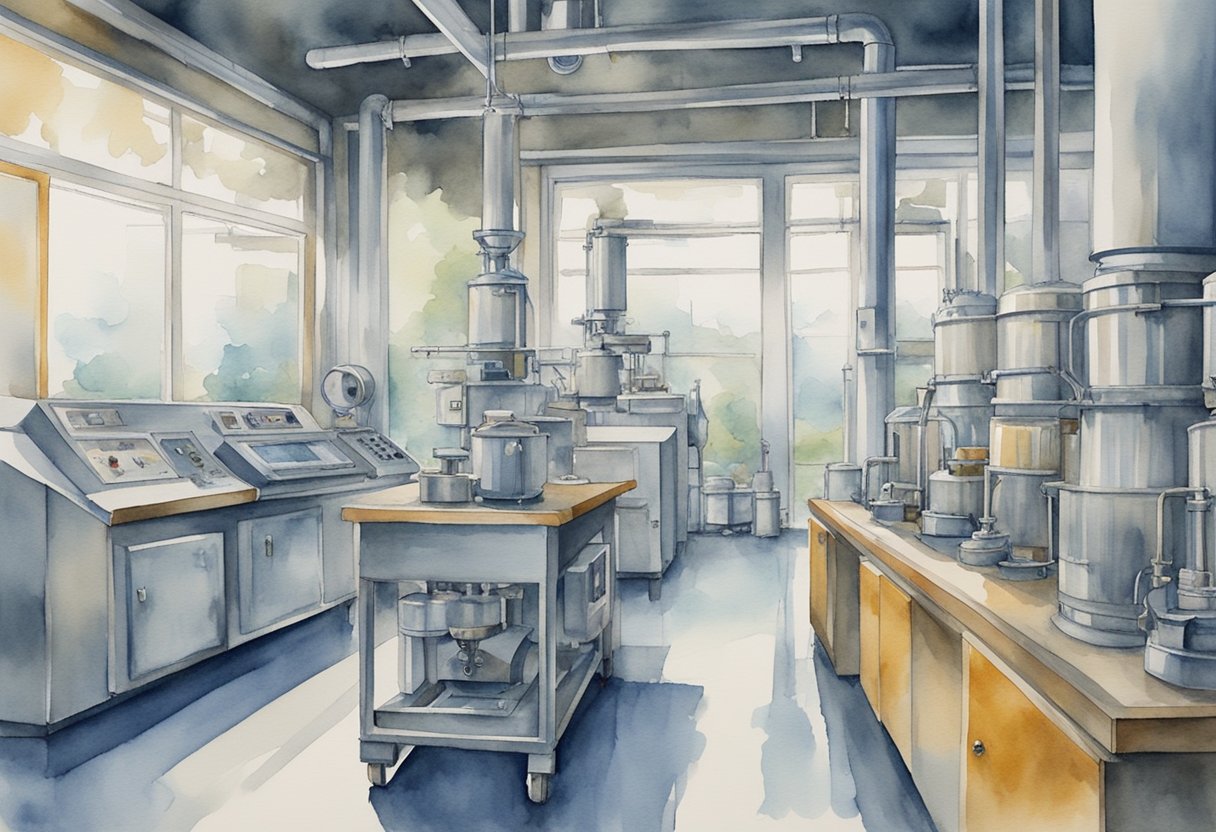
Advancements in cancer treatment are increasingly focusing on precision and minimal environmental impact, recognizing the delicate balance between effective medical interventions and ecological sustainability.
Targeted Therapy and Precision Medicine
Targeted therapy has transformed the landscape of cancer care, focusing on disrupting specific signaling pathways and oncogenes involved in tumor growth. Therapies that inhibit DNA synthesis or block cellular proliferation through chemical modifications are tailored to attack cancer cells while sparing healthy tissues, reducing off-target effects.
Precision medicine extends these concepts by using detailed knowledge from epidemiological studies and the exposome to tailor treatments to individual genetic profiles. Facets such as DNA methylation, histone deacetylase activity, and chromatin structure are examined to develop drugs that target DNA mutations driving cancer while preserving patients’ quality of life.
Eco-friendly Drug Delivery Systems
The rise of xenobiotics in the environment has spurred the development of eco-friendly drug delivery systems in cancer therapy. These systems aim to maximize the efficacy of anti-cancer treatment while minimizing the release of harmful substances into the environment.
Advances in biodegradable materials and drug conjugation techniques allow for the controlled release of chemotherapy drugs, reducing environmental contamination. By limiting drug migration and invasion into non-targeted areas, these systems improve the specificity of drug delivery and decrease the potential for carcinogenicity, benefiting patients and the planet.
Final Thoughts…

Surviving lymphoma twice is a feat that reflects the resilience and strength found in the human spirit. Those experiences bring a profound appreciation for medical advancements, especially in cancer therapy.
Yet, the environmental implications of these life-saving drugs warrant thoughtful consideration.
Manufacturing cancer treatments, such as chemotherapy, comes with a notable carbon footprint. Efforts to reduce this impact should take center stage in discussions about sustainable healthcare.
Researchers at Cornell University suggest that the drug industry’s carbon impact could be reduced significantly. Men, who often shoulder a high burden of cancer, stand to benefit immensely from these efforts. Moreover, the creation of greener pharmaceuticals aligns with the calling of medical ethics: to heal without harm. Sustainable practices in drug manufacturing are not merely favorable — they are an ethical imperative for the well-being of humans and our planet.
Environmental sustainability is now a viable goal within cancer care. The industry can positively influence global health outcomes by actively seeking methods to lessen emissions and waste. This commitment to transformation reveals the potential for a future where the fight against cancer aligns harmoniously with protecting our environment.
Survivors, clinicians, and industry leaders alike carry the baton of responsibility. Each stride towards sustainable solutions ensures a legacy of healing that honors the delicate balance of our ecosystems and the formidable journey of cancer thrivers. -T
Frequently Asked Questions
In this section, readers will find targeted information about the environmental challenges pharmaceuticals pose and the strategies to address them. These concerns are especially significant in the context of cancer treatment and the manufacturing of drugs.
What are the adverse environmental impacts of pharmaceutical waste?
Pharmaceutical waste can introduce a range of harmful substances into the environment, including hormones and other active ingredients that are potentially toxic to wildlife. These substances can disrupt aquatic ecosystems and harm species integral to environmental health. For instance, chemotherapeutic agents that enter waterways pose a threat due to their high toxicity.
How do pharmaceuticals in the environment contribute to antibiotic resistance?
When antibiotics are not fully metabolized by the body and are excreted into wastewater, they can promote the development of antibiotic-resistant bacteria. This makes infections more challenging to treat and can lead to the spread of resistant strains, endangering public health.
What is the role of drug manufacturing in water pollution?
Drug manufacturing processes can lead to the accidental release of various chemicals in effluents, eventually entering water bodies. Without adequate treatment, these pollutants can persist in water systems, affecting human and aquatic life through multiple pathways.
How do cancer treatments, such as chemotherapy, lead to environmental degradation?
Chemotherapy treatments, designed to destroy cancer cells, also produce hazardous waste. When not disposed of properly, these substances can contaminate soil and water, posing a risk to ecosystems and human health.
Can the disposal of personal care products affect the ecosystem, and how?
Personal care products often contain chemicals that, when flushed into sewer systems, can affect water quality and aquatic life. These products may introduce endocrine disruptors interfering with fish and other wildlife reproduction and development.
What measures are being taken to mitigate the environmental effects of pharmaceutical pollution?
Efforts to reduce pharmaceutical pollution include improving waste management systems and developing GREENER pharmaceuticals that minimize environmental impact. Regulations and guidelines are being implemented to ensure proper disposal and treatment of pharmaceutical waste.
